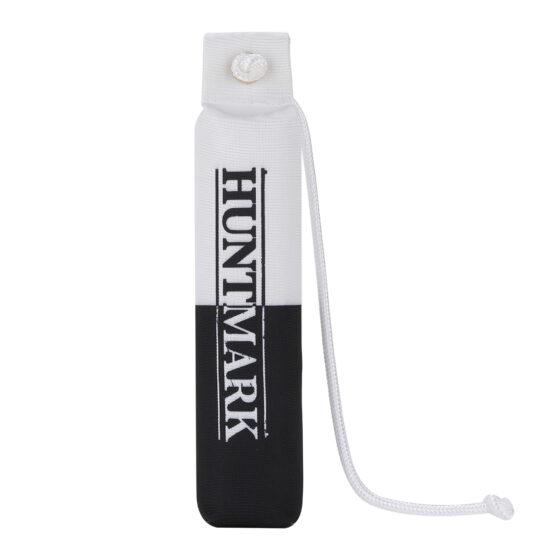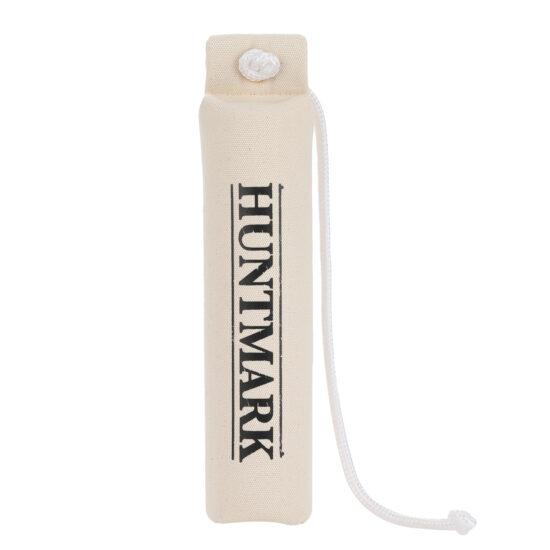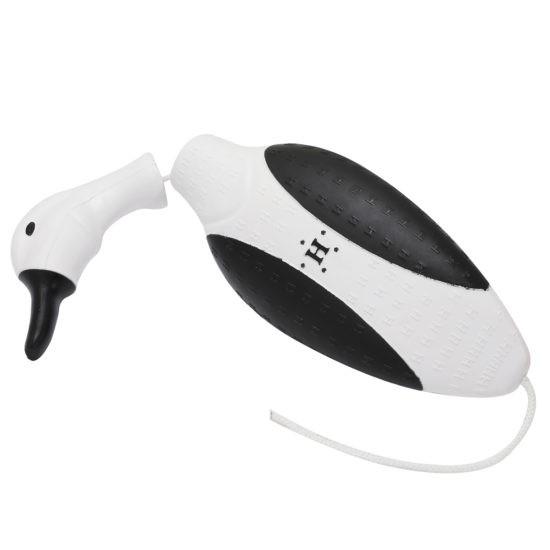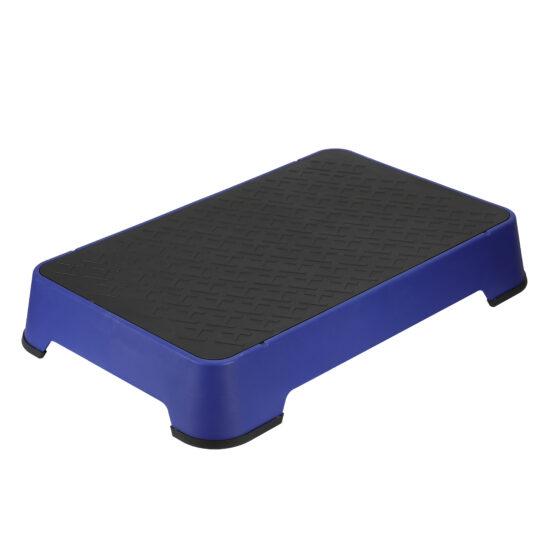
As hunting enthusiasts, we understand the role a steady, reliable dog plays in the field. However, one of the most challenging issues a hunter can face is a gun-shy dog. Gun shyness hinders a dog’s performance but can affect the dog-hunter relationship. Curing gun shyness in dogs seems like a simple enough thing to do but it requires a lot of patience. We’re here to help armed with our years of experience and advice from seasoned professionals. When you reach the end of this article, you will be equipped with the knowledge for preventing and treating gun-shyness in your hunting companion.
Understanding Gun-Shyness
Gun-shyness refers to a dog’s fear of gunfire, often manifested through signs of anxiety, such as trembling, fleeing, or refusing to hunt. It’s important to differentiate between a normal startle response and persistent fear. While a slight reaction to loud noises is natural, a gun-shy dog shows ongoing distress.
Causes of Gun-Shyness
Understanding the root causes of gun-shyness is essential for preventing it. By identifying and addressing these factors early, you can ensure your dog remains confident and effective in the field.
Genetic Predisposition
Several factors can contribute to gun-shyness. Genetics play a role, with some breeds or lines being more prone to anxiety which is why it’s important to work with a dog breed that is built for the hunt. Breeds with a high-strung or nervous disposition may be more susceptible to developing gun-shyness. It’s important to research and understand the temperament traits of your dog’s breed. When selecting a puppy, consider the temperament of the parents and their exposure to hunting environments.
Lack of Early Exposure

One of the most common causes of gun shyness is a lack of early and positive exposure to loud noises. Puppies have a critical socialization window, typically between 3 and 14 weeks of age, where they are more accepting of new experiences. If a puppy is not exposed to a variety of sounds, including gunfire, during this period, they may develop a fear of these noises later in life.
Traumatic Experiences
Negative or traumatic experiences with loud noises can lead to gun-shyness. For instance, if a young dog is exposed to sudden, loud gunfire without prior gradual introduction, it can cause a lasting fear response. Similarly, if a dog experiences physical pain or severe discomfort associated with gunfire, it may develop an aversion to the sound. Ensure that initial experiences with gunfire are controlled and positive to prevent trauma.
Improper Training Techniques
Training techniques that involve harsh corrections or punishment in response to fear can exacerbate gun-shyness. If a dog associates gunfire with negative experiences, such as being yelled at or physically corrected, it can reinforce their fear. Positive reinforcement and gradual desensitization are key to preventing and addressing gun-shyness.
Environmental Factors
Environmental factors during a dog’s early life can influence their susceptibility to gun-shyness. Dogs raised in quiet, sheltered environments without exposure to a variety of sounds may be more prone to developing fear responses to loud noises. Conversely, dogs that grow up in noisy, urban environments may be more resilient to gunfire. Ensuring diverse exposure to different sounds and environments can help build a dog’s confidence.
Owner’s Behavior
Dogs are highly attuned to their owner’s emotions and behaviors. If an owner displays anxiety or stress during training sessions involving gunfire, the dog may pick up on these cues and develop fear. It’s important for handlers to remain calm, positive, and confident when introducing their dog to gunfire. Demonstrating a relaxed demeanor can help reassure the dog that there is nothing to fear.
Lack of Incremental Exposure

Introducing a dog to gunfire too quickly or without a structured plan can lead to gun-shyness. Dogs need time to adjust to new stimuli. Gradual exposure, starting with distant, quiet gunfire and slowly increasing the intensity and proximity, helps build the dog’s tolerance and confidence. Skipping steps or rushing the process can overwhelm the dog and create a negative association with gunfire.
Curing a Gun-Shy Hunting Dog
There are several strategies that you can try to treat gun-shyness.
Gradual Desensitization:
Desensitization involves gradually exposing your dog to the sound of gunfire in a controlled manner. Start with recorded gunfire sounds played at a low volume during positive activities such as feeding or playtime. Gradually increase the volume over time, ensuring your dog remains calm and relaxed.
Counter-Conditioning
Counter-conditioning focuses on changing your dog’s emotional response to gunfire. Pair the sound of gunfire with positive experiences, such as treats, praise, or play. The goal is to create a positive association with the noise, helping to reduce fear and anxiety.
Controlled Exposure
Begin with low-intensity gunfire sounds, such as a starter pistol or cap gun, at a considerable distance. Gradually decrease the distance and increase the intensity as your dog becomes more comfortable. As the dog gets used to the sound, you can transition to using rifles or shotguns. Always reward calm behavior and avoid overwhelming your dog with too much noise too quickly.
Other Strategies for Fixing Gun Shyness
If you are still having trouble fixing gun shyness, it might be a good idea to consult with a professional. Gun dog trainer Chad Hines has a few other strategies:
Positive Noise Association with Feeding:
Start by withholding food and water from your dog for a day. When it’s time to feed, create a loud noise, such as clapping your hands, just before giving the food and water. This reintroduces the association of loud noises with positive experiences, like eating and drinking. If your dog hesitates to eat after the noise, leave the food and water with him and give him space. Ensure he gets enough nutrition to stay healthy, but keep him hungry. Each feeding time can involve a fairly loud noise beforehand.
Alternative Positive Reinforcements
If the feeding routine isn’t effective, find other activities your dog enjoys, such as leaving the kennel, riding in the truck, or playing fetch. Start each of these activities by making a loud noise, like clapping your hands, and immediately follow it with the enjoyable activity. Gradually increase the volume of the noise until you can progress to firing a gun before the activity. The key is to ensure that something positive always follows the noise.
Social Learning with Other Dogs
Integrate your gun-shy dog into play sessions with other dogs that are used to gunfire sounds. Allow them to run and play freely. At a moment when all the dogs are focused on playing and are comfortable, fire a gun. Your dog may observe that the noise doesn’t disturb the other dogs and, in turn, may become less fearful. This method leverages social learning, as your dog learns to remain calm from the reactions of other dogs.
Utilizing a Training Place Board
A training place board can be an invaluable tool in addressing gun-shyness. By providing a designated, consistent spot for your dog during training sessions, you create a sense of stability and security. Use the place board during desensitization exercises by having your dog stay on the board while gradually introducing gunfire sounds at a low volume. Reward your dog for staying calm and focused on the board. This reinforces positive behavior and helps your dog associate the place board with safety and positive experiences. Our high-quality dog training place board is designed to be durable and comfortable, making it an ideal addition to your training toolkit.
Preventing Gun Shyness
An ounce of prevention is better than a pound of cure. This adage always rings true when it comes to gun-shyness. A gun-shy dog can be a hindrance in the field, leading to missed opportunities and frustration.
By prioritizing prevention, hunters can foster a confident, reliable, and effective hunting partner from the get-go. This proactive approach not only saves time and effort in the long run but also helps to avoid the emotional stress associated with rehabilitating a gun-shy dog.
Preventing gun shyness begins with early and consistent training. Expose puppies to a variety of sounds, including gunfire, in a controlled and positive manner. Gradually increase the volume of these sounds, ensuring each experience is paired with positive reinforcement, such as treats or play.
Socialization with other dogs and new environments is equally important, as it helps build overall confidence and adaptability. Consistency and patience are key; rushing the process or using harsh training methods can be counterproductive. By implementing these strategies, hunters can prevent gun shyness and ensure their dogs grow into fearless and dependable hunting partners.
Building a Fearless Hunting Companion
By understanding the causes and implementing gradual, positive exposure to gunfire, you can build a strong, confident relationship with your dog. Remember, patience and consistency are your greatest allies. Whether you’re working with a young pup or rehabilitating a dog so he can join the hunt, the strategies outlined here can help ensure your hunting dog remains calm and effective in the field.







Leave a Reply